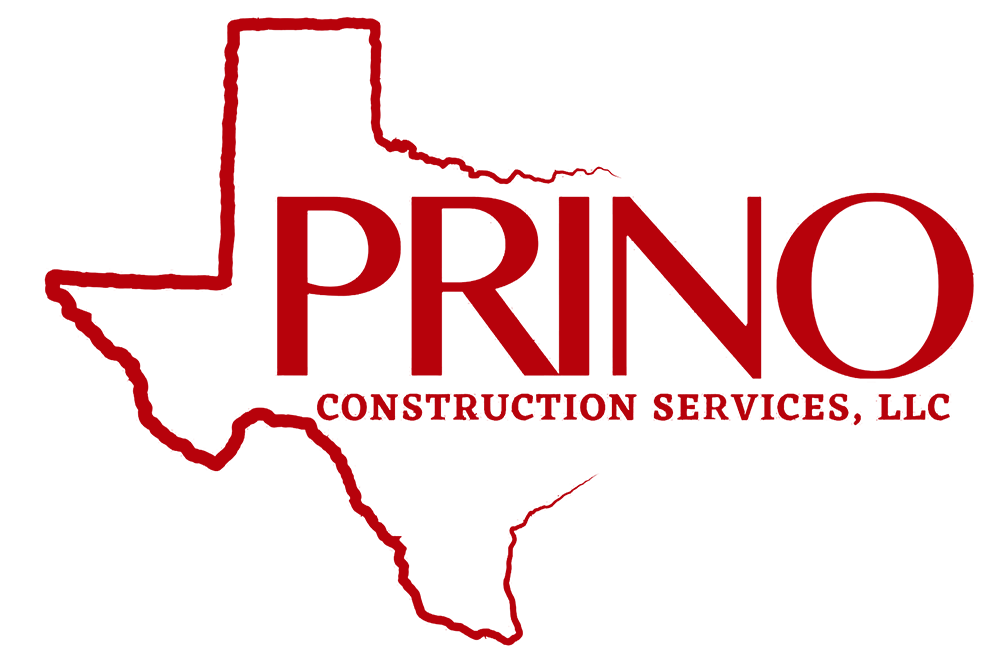Pulmonary hypertension is a serious medical problem identified by high blood pressure in the arteries that supply the lungs. Sometimes, the condition might advance to its tonerin catena end stage, which can have extreme effects for the person’s health and quality of life. Comprehending the signs and symptoms of end stage lung hypertension is essential for early discovery and also proper clinical intervention. This write-up discovers the principal signs and symptoms that might indicate end phase pulmonary high blood pressure.
1. Extreme Shortness of Breath
One of the primary signs and symptoms of end stage lung hypertension is serious lack of breath, also called dyspnea. This sign takes place as a result of the boosted pressure in the lung arteries, which makes it hard for the heart to pump blood to the lungs. Individuals with end stage lung high blood pressure might experience lack of breath also throughout minimal exercise or at remainder.
The lack of breath might proceed in time, restricting the person’s ability to execute regular jobs and affecting their total quality of life.
2. Exhaustion and also Weakness
As end phase lung high blood pressure advances, people might experience persistent tiredness and also weak point. The increased work on the heart as well as limited blood circulation dialine precio en farmacias similares to the lungs can lead to decreased oxygen supply to the muscles and body organs, resulting in sensations of exhaustion and also weak point.
These signs can significantly affect daily tasks, making it challenging to engage in physical exertion or keep a regular degree of productivity.
3. Swelling and also Fluid retention
End stage lung high blood pressure can lead to the build-up of liquid in the legs, ankle joints, as well as abdominal area. This condition, called edema, happens due to the damaged capacity of the heart to pump blood properly and also the enhanced stress in the lung arteries.
Swelling and liquid retention can create pain, pain, and also a feeling of thickness in the impacted locations. In severe situations, the fluid build-up may encompass the lungs, leading to lung edema, which can additionally get worse the breathing troubles.
4. Chest Pain
Chest pain, also described as angina, is an usual sign of end phase lung hypertension. The increased pressure in the pulmonary arteries can stress the heart muscle mass, resulting in chest discomfort or discomfort. The pain might be sharp, stabbing, or a dull pain, and it can occur during exercise and even at rest.
It is essential to keep in mind that upper body discomfort can also be a sign of various other cardiac problems, and also people experiencing chest discomfort should look for immediate medical focus to identify the underlying reason.
5. Coughing and also Hissing
Some people with end phase pulmonary hypertension may experience a consistent coughing and also hissing. The restricted blood circulation to the lungs can trigger swelling and irritation, resulting in coughing and wheezing episodes.
The coughing may be dry or come with by the production of mucus. Wheezing describes a shrill, whistling sound made during breathing, suggesting that the airways are tightened or obstructed.
6. Fainting or Lightheadedness
End stage pulmonary hypertension can interfere with the typical blood flow to the brain, causing fainting episodes or faintness. The decreased oxygen supply to the brain can lead to lightheadedness, complication, and even loss of awareness in serious instances.
These signs and symptoms might take place throughout physical exertion or suddenly without any obvious trigger. Collapsing or faintness should be promptly evaluated by a medical care expert to identify the cause and initiate proper monitoring.
Looking For Medical Interest
If you or somebody you know is experiencing any one of the abovementioned symptoms of end stage lung high blood pressure, it is vital to look for prompt clinical attention. Early medical diagnosis and treatment play an important duty in handling the condition and enhancing the individual’s quality of life.
Therapy choices for end phase lung hypertension might include drugs to lower blood pressure, oxygen therapy, pulmonary rehab, and, in severe instances, lung hair transplant.
Remember, only a qualified healthcare specialist can provide a precise medical diagnosis as well as develop an ideal therapy plan based upon specific demands. If you think end stage lung hypertension, do not delay looking for medical suggestions.

